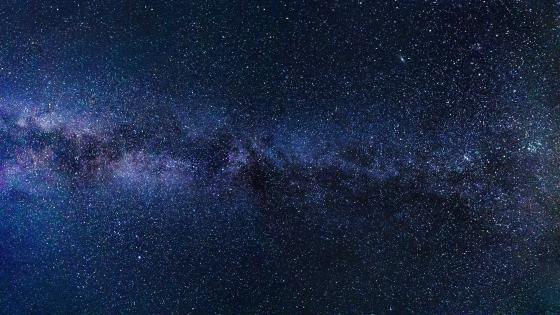The Physics Department hosts lines of research in many of the branches of modern scientific research in astrophysics, in particular using the so-called multi-messenger approach, which consists in exploiting all the messengers that come to us from the sources in the universe: not only the visible light (the basis of traditional astronomy), but also photons of various wavelengths (micro-waves, X-rays, ...), gravitational waves and particles such as neutrinos.
Each of these messengers brings valuable information about the process that produced it. Modern astrophysics aims on the one hand to characterize the properties of the various phenomena observed in the cosmos and on the other to answer deep questions about the Universe and fundamental physics. Just to give some examples: what are the main characteristics of planetary systems and their formation? What are the properties of super-massive black holes? what are dark matter and dark energy? Why is there no anti-matter in the Universe? Where do very high energy cosmic rays come from? What does the sky look like with gravitational waves? Is it true that the most abundant particle in the universe is the neutrino? What is the true nature of the neutrino and what role does it play in the cosmos?

To these questions and many others try to answer the scientific activities of the astrophysics, astro-particle and cosmology groups of Genoa, currently involved in the projects: Athena, Borexino, Calder, Cuore, DarkSide, DUNE, Euclid, Holmes, Km3Net, LSPE, Luna, Optical Astronomy at Antola Observatory, SOX and Virgo.


